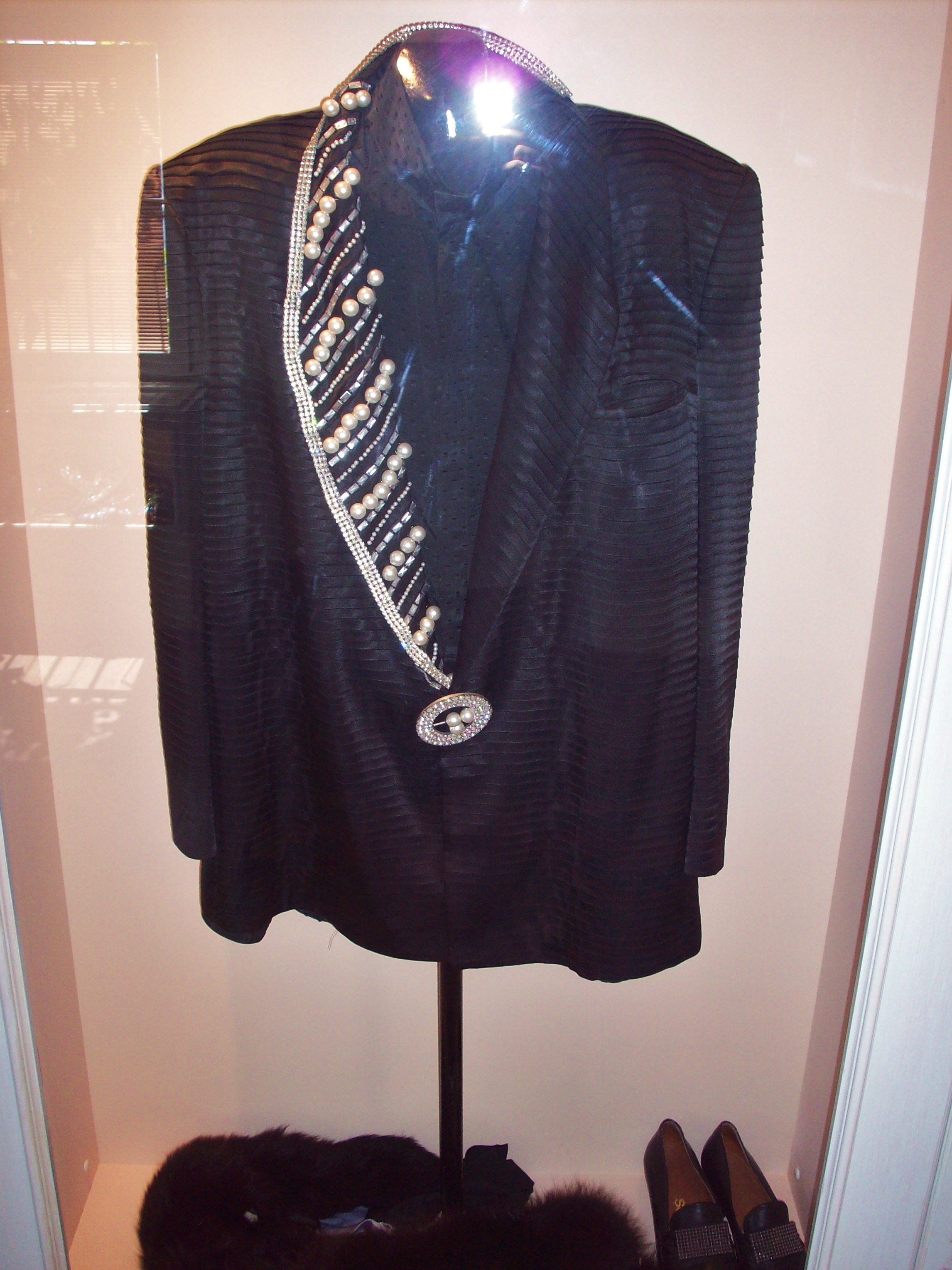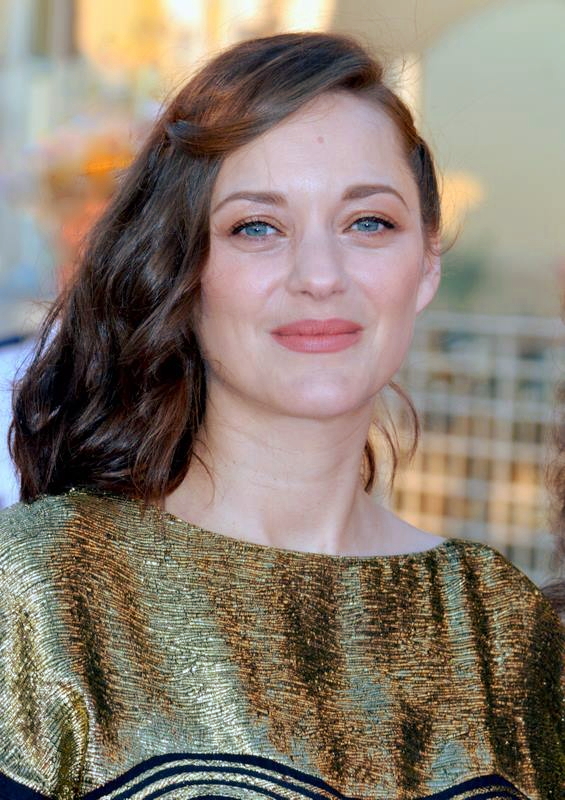|
Anahit Yulanda Varan
Anahit Yulanda Varan ( hy, Անահիտ Յուլանդա Վարան, 191729 August 2003), also known as Anahit Kuyrig, best known as "Madam Anahit", was a Turkish street performing musician who played the accordion. She appeared in a number of films in bit parts as an extra. Early years Anahit Yulanda Varan was born into a wealthy Armenian family in Tarlabaşı neighborhood of Beyoğlu district, close to Taksim Square, in Istanbul, then Ottoman Empire in 1917. She had a brother, Vosge Apeğa, who was known as "Vosgik Vartabed", literally "Vosges the Preacher". Her mother had a passion for piano. She completed her primary education at Anarat Hığutyun Armenian Catholic School in Taksim, now Taksim Art House. She then graduated from Eseyan Armenian High School, also in Taksim. Musician career She stepped into music when she joined the school choir in the second high school grade at age 16. She spent the summer months of her youth years on Heybeliada, on the Princes' Island ... [...More Info...] [...Related Items...] OR: [Wikipedia] [Google] [Baidu] |
Beyoğlu
Beyoğlu (, ota, بكاوغلی, script=Arab) is a district on the European side of İstanbul, Turkey, separated from the old city (historic peninsula of Constantinople) by the Golden Horn. It was known as the region of Pera (Πέρα, meaning "Beyond" in Greek language, Greek) surrounding the ancient coastal town Galata which faced Constantinople across the Horn. Beyoğlu continued to be named Pera during the Middle Ages and, in western languages, into the early 20th century. According to the prevailing theory, the Turkish name of Pera, ''Beyoğlu'', is a modification by folk etymology of the Republic of Venice, Venetian title of ''Bailo of Constantinople, Bailo'', whose mansion was the grandest structure in this quarter. The informal Turkish-language title ''Bey Oğlu'' (literally ''Son of a Bey'') was originally used by the Ottoman Empire, Ottoman Turks to describe Lodovico Gritti, Istanbul-born son of Andrea Gritti, who was the Venetian Bailo of Constantinople during the ... [...More Info...] [...Related Items...] OR: [Wikipedia] [Google] [Baidu] |
Çiçek Pasajı
Çiçek Pasajı (Turkish: ''Flower Passage''), originally called the Cité de Péra, is a famous historic passage ( galleria or arcade) on İstiklal Avenue in the Beyoğlu district of Istanbul, Turkey. A covered arcade with rows of historic cafes, winehouses and restaurants, it connects İstiklal Avenue with Sahne Street and has a side entrance opening onto the Balık Pazarı (Fish Market). History The site of Çiçek Pasajı was originally occupied by the Naum Theatre, which was severely damaged by the Fire of Pera in 1870.Emre Aracı: "''Naum Tiyatrosu - 19.Yüzyıl İstanbul’unun İtalyan Operası''". Yapı Kredi Yayınları, Istanbul, 2010. [...More Info...] [...Related Items...] OR: [Wikipedia] [Google] [Baidu] |
Stomach Cancer
Stomach cancer, also known as gastric cancer, is a cancer that develops from the lining of the stomach. Most cases of stomach cancers are gastric carcinomas, which can be divided into a number of subtypes, including gastric adenocarcinomas. Lymphomas and mesenchymal tumors may also develop in the stomach. Early symptoms may include heartburn, upper abdominal pain, nausea, and loss of appetite. Later signs and symptoms may include weight loss, yellowing of the skin and whites of the eyes, vomiting, difficulty swallowing, and blood in the stool, among others. The cancer may spread from the stomach to other parts of the body, particularly the liver, lungs, bones, lining of the abdomen, and lymph nodes. The most common cause is infection by the bacterium ''Helicobacter pylori'', which accounts for more than 60% of cases. Certain types of ''H. pylori'' have greater risks than others. Smoking, dietary factors such as pickled vegetables and obesity are other risk factors. About 10% ... [...More Info...] [...Related Items...] OR: [Wikipedia] [Google] [Baidu] |
Greeks In Turkey
) constitute a small population of Greek and Greek-speaking Eastern Orthodox Christians who mostly live in Istanbul, as well as on the two islands of the western entrance to the Dardanelles: Imbros and Tenedos ( tr, Gökçeada and ''Bozcaada''). They are the remnants of the estimated 200,000 Greeks who were permitted under the provisions of the Convention Concerning the Exchange of Greek and Turkish Populations to remain in Turkey following the 1923 population exchange, which involved the forcible resettlement of approximately 1.5 million Greeks from Anatolia and East Thrace and of half a million Turks from all of Greece except for Western Thrace. After years of persecution (e.g. the Varlık Vergisi and the Istanbul Pogrom), emigration of ethnic Greeks from the Istanbul region greatly accelerated, reducing the Greek minority population from 119,822 before the attack to about 7,000 by 1978. The 2008 figures released by the Turkish Foreign Ministry places the current number of Tur ... [...More Info...] [...Related Items...] OR: [Wikipedia] [Google] [Baidu] |
Büyükdere, Sarıyer
Büyükdere is a neighbourhood of Sarıyer district in Istanbul, Turkey. It is situated on the European shore of the Bosphorus strait about southwest of Sarıyer. Its name means 'big stream' in Turkish, in reference to the river that used to flow into the Bosphorus here. A major road, Büyükdere Avenue, starts south of Büyükdere, and runs inland as far as Şişli. In the 19th century Büyükdere, like neighbouring Tarabya, was a popular summer retreat for members of Istanbul's foreign and diplomatic community and it still has several churches and embassy buildings dating back to that period. There was then a Büyükdere ferry terminal but although it has been restored it has not been put back into use (partly because of the road that was built in front of it on reclaimed land), meaning that most access to the neighbourhood is by bus along the coast road. Places of interest The Sadberk Hanım Museum, a private archaeology and ethnography museum, is housed in what started li ... [...More Info...] [...Related Items...] OR: [Wikipedia] [Google] [Baidu] |
Cruise Ship
Cruise ships are large passenger ships used mainly for vacationing. Unlike ocean liners, which are used for transport, cruise ships typically embark on round-trip voyages to various ports-of-call, where passengers may go on tours known as "shore excursions". On "cruises to nowhere" or "nowhere voyages", cruise ships make two- to three-night round trips without visiting any ports of call.Compare: Modern cruise ships tend to have less hull strength, speed, and agility compared to ocean liners. However, they have added amenities to cater to water tourists, with recent vessels being described as "balcony-laden floating condominiums". As of December 2018, there were 314 cruise ships operating worldwide, with a combined capacity of 537,000 passengers. Cruising has become a major part of the tourism industry, with an estimated market of $29.4 billion per year, and over 19 million passengers carried worldwide annually . The industry's rapid growth saw nine or more newl ... [...More Info...] [...Related Items...] OR: [Wikipedia] [Google] [Baidu] |
Marlene Dietrich
Marie Magdalene "Marlene" DietrichBorn as Maria Magdalena, not Marie Magdalene, according to Dietrich's biography by her daughter, Maria Riva ; however Dietrich's biography by Charlotte Chandler cites "Marie Magdalene" as her birth name . (, ; 27 December 1901 – 6 May 1992) was a German and American actress and singer whose career spanned from the 1910s to the 1980s. In 1920s Berlin, Dietrich performed on the stage and in silent films. Her performance as Lola-Lola in Josef von Sternberg's ''The Blue Angel'' (1930) brought her international acclaim and a contract with Paramount Pictures. She starred in many Hollywood films, including six iconic roles directed by Sternberg: ''Morocco'' (1930) (her only Academy Award nomination), ''Dishonored'' (1931), '' Shanghai Express'' and ''Blonde Venus'' (both 1932), ''The Scarlet Empress'' (1934) and '' The Devil Is a Woman'' (1935), ''Desire'' (1936) and ''Destry Rides Again'' (1939). She successfully traded on her glamorous persona a ... [...More Info...] [...Related Items...] OR: [Wikipedia] [Google] [Baidu] |
Lili Marleen
"Lili Marleen" (also spelled "Lili Marlen'", "Lilli Marlene", "Lily Marlene", "Lili Marlène" among others; ) is a German love song that became popular during World War II throughout Europe and the Mediterranean among both Axis and Allied troops. Written in 1915 as a poem, the song was published in 1937 and was first recorded by Lale Andersen in 1939 as "Das Mädchen unter der Laterne" ("The Girl under the Lantern"). The song is perhaps best known as performed by Lale Andersen. In 2005, Bear Family Records released a 7-CD set ''Lili Marleen an allen Fronten'' ("Lili Marleen on all Fronts"), including nearly 200 versions of "Lili Marleen" with a 180-page booklet. (). Creation The words were written in 1915 as a poem of three verses by Hans Leip (1893–1983), a school teacher from Hamburg who had been conscripted into the Imperial German Army. Leip reportedly combined the nickname of his friend's girlfriend, Lili, with the name of another friend, Marleen, who was a nurse. The ... [...More Info...] [...Related Items...] OR: [Wikipedia] [Google] [Baidu] |
Zeki Müren
Zeki Müren (; 6 December 1931 – 24 September 1996) was a Turkish singer, composer, songwriter, actor and poet. Known by the nicknames "The Sun of Art" and " Pasha", he was one of the prominent figures of the Turkish classical music. Due to his contributions to the art industry, he was named a "State Artist" in 1991. He was the first singer to receive a gold certification in Turkey and throughout his career recorded and released hundreds of songs on cassettes and phonograph records. Life Childhood and education Müren was born in the Hisar district of Bursa, at the wooden house number 30 on Ortapazar Road as the only child of Kaya and Hayriye Müren. His father was a timber merchant. He was a small and impatient boy. At the age of 11 he was circumcised in Bursa.''"Batmayan Güneş Zeki Müren" documentary. Publisher: Kürşat Özkök. TRT. Release date: 10–12 September 1996.'' Müren went to the Bursa Osmangazi School (later Tophane School and Alkıncı School). When he ... [...More Info...] [...Related Items...] OR: [Wikipedia] [Google] [Baidu] |
Édith Piaf
Édith Piaf (, , ; born Édith Giovanna Gassion, ; December 19, 1915– October 10, 1963) was a French singer, lyricist and actress. Noted as France's national chanteuse, she was one of the country's most widely known international stars. Piaf's music was often autobiographical, and she specialized in chanson réaliste and torch ballads about love, loss and sorrow. Her most widely known songs include " La Vie en rose" (1946), "Non, je ne regrette rien" (1960), "Hymne à l'amour" (1949), "Milord" (1959), "La Foule" (1957), "L'Accordéoniste" (1940), and " Padam, padam..." (1951). Since her death in 1963, several biographies and films have studied her life, including 2007's '' La Vie en rose''. Piaf has become one of the most celebrated performers of the 20th century.Burke, Carolyn. ''No Regrets: The Life of Edith Piaf'', Alfred A. Knopf 2011, . Family Despite numerous biographies, much of Piaf's life is unknown. She was born Édith Giovanna Gassion in Belleville, Paris. Her b ... [...More Info...] [...Related Items...] OR: [Wikipedia] [Google] [Baidu] |
La Vie En Rose
"La Vie en rose" (; ) is the signature song of popular French singer Édith Piaf, written in 1945, popularized in 1946, and released as a single in 1947. The song became very popular in the US in 1950, when seven versions reached the ''Billboard'' charts. These recordings were made by Tony Martin, Paul Weston, Bing Crosby (recorded June 22, 1950), Ralph Flanagan, Victor Young, Dean Martin, and Louis Armstrong. A version in 1977 by Grace Jones was also a successful international hit. "La Vie en rose" has been covered by many other artists over the years, including a 1977 version by Bette Midler, a 1993 version by Donna Summer, a 2018 version by Lady Gaga, and a 2019 version by Lucy Dacus. Harry James also recorded a version in 1950. Bing Crosby recorded the song again for his 1953 album '' Le Bing: Song Hits of Paris''. Background and release The song's title can be translated as "Life in happy hues", "Life seen through rose-colored glasses", or "Life in rosy hues"; its literal ... [...More Info...] [...Related Items...] OR: [Wikipedia] [Google] [Baidu] |









